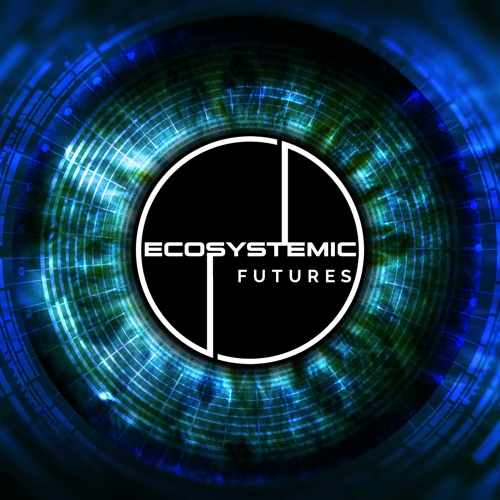
99. Reality Architects: How Master Deceivers Reveal Fatal Flaws in "Smart" Systems
Harvard scientists fell for table-flipping séances while 8-year-olds saw through million-dollar magic tricks. The revelation? Your organization's most intelligent people systematically miss the most obvious solutions and risks —and this expertise blind spot is limiting every "intelligent" system we build.
Stacy Alan, licensed therapist turned mentalist, and Jason Alan, master magician, reveal a counterintuitive truth: highly educated professionals consistently overlook simple explanations that children spot immediately. Their unique lens—combining clinical psychology with perception science—exposes how expertise creates predictable blind spots that limit innovation and increase risk in interconnected systems.
Paradigm Shifts:
→ The Expertise Paradox: Smart professionals focus on complex explanations while missing obvious solutions—the same bias that blocks breakthrough innovation in "intelligent" systems
→ Instant Reality Revision: False perceptions can be implanted in minutes through repetitive messaging—revealing how quickly teams can lock onto wrong assumptions in collaborative environments. Complex market environments carry the same risk.
→ The Back Row Principle: If your least technical stakeholder can't navigate your system, you've lost everyone—a design law from magic that could revolutionize innovation adoption
→ Group Think Acceleration: Individuals abandon correct perceptions to align with group consensus in seconds, preventing teams from recognizing simple risks and solutions hiding in plain sight
Ecosystem Impact:
→ Traditional innovation focuses on technical complexity vs. elegant solutions that educated professionals systematically overlook
→ Magic's core principle: audiences accept complex premises while missing obvious methods—identical to how expert teams can miss breakthrough opportunities
→ The "smarty pants syndrome": engineers, doctors, executives overlook simple solutions that 8-year-olds spot immediately because expertise creates predictable blind spots
The Innovation: Two-decade field testing of human perception vulnerabilities combined with clinical psychology expertise reveals how collective reality can be architected—or weaponized. Their framework distinguishes beneficial wonder (theater magic) from harmful manipulation (false psychics), providing ethical guardrails for reality-shaping technologies.
Strategic Application: Any ecosystem involving expert stakeholders—from aerospace missions to financial systems to AI governance—can dramatically improve innovation outcomes by incorporating fresh perspective principles from performance psychology.
Strategic Reframe: The most adaptive ecosystems will shift from asking "How do we leverage our experts' knowledge?" to understanding: "How do we architect systems that capture breakthrough insights and address hidden risks that our smartest stakeholders systematically miss?"
#NASA #ShoshinWorks #EcosystemicFutures #InnovationBlindSpots #ExpertiseBias #BreakthroughThinking #SystemsInnovation
Guests: The Alans - Stacy Alan and Jason Alan | www.TheAlansLive.com
Episode and Series Hosts:
Vikram Shyam, Lead Futurist, NASA Glenn Research Center
Dyan Finkhousen, Founder & CEO, Shoshin Works
Ecosystemic Futures is provided by NASA Convergent Aeronautics Solutions Project in collaboration with Shoshin Works.